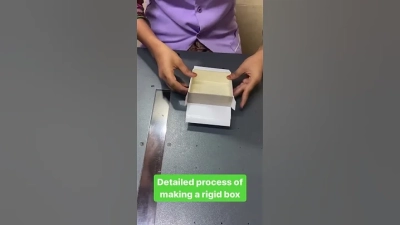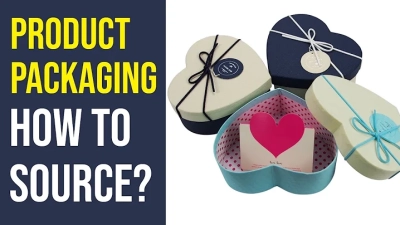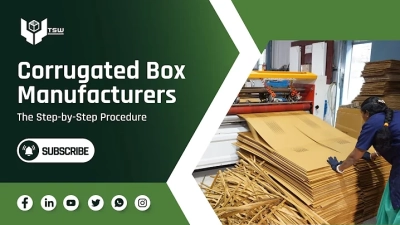Call for Price: 0086-15515573212
The evolution of box packaging has been a crucial facet of global trade, reflecting the dynamic interplay between economic growth, technological advancements, and consumer demands. As markets expand and the need for efficient shipping solutions intensifies, box packaging emerges as the backbone of logistics, ensuring that goods traverse vast distances while maintaining integrity and safety. From humble beginnings rooted in basic materials, the sophistication of modern box packaging has transformed to incorporate sustainable practices, innovative design, and enhanced functionality, catering to a diverse range of industries.
In this blog, we will explore the journey of box packaging solutions, tracing their development through the ages and highlighting key innovations that have shaped the landscape of global commerce. We will delve into how advancements in materials science and design thinking have not only revolutionized the shipping process but also influenced consumer perceptions and environmental sustainability. As we examine these pivotal changes, we aim to provide insights into the future of box packaging and its role in facilitating seamless global trade.
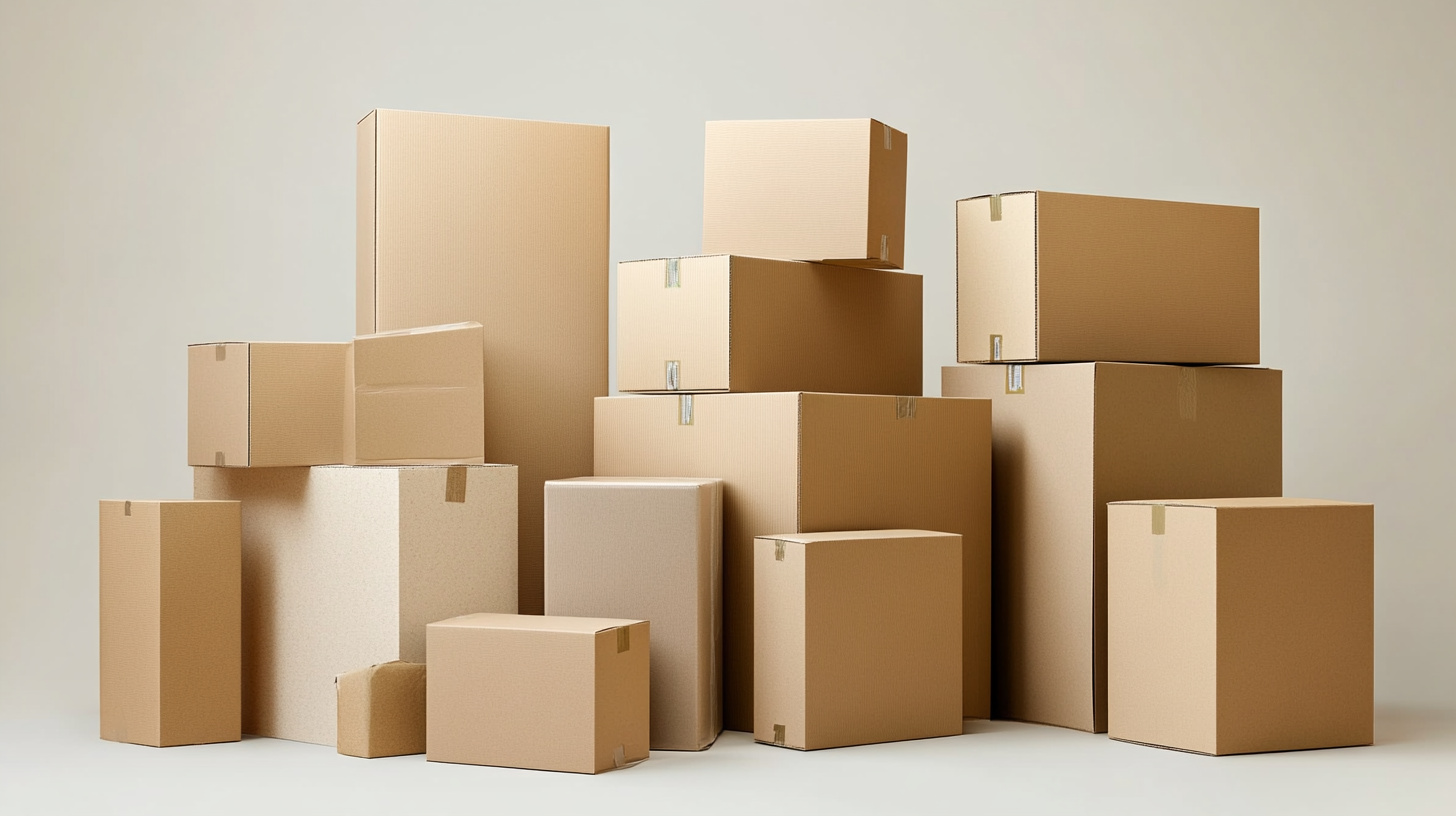
The landscape of packaging materials has undergone a remarkable transformation, evolving from traditional wood to innovative and sustainable options. Wood was once the primary choice for packaging goods, favored for its availability and durability. However, as global trade expanded and environmental concerns became more pronounced, the limitations of wood—such as its weight, cost, and contribution to deforestation—prompted a shift towards alternative materials.
In recent years, the emergence of sustainable packaging solutions has revolutionized the industry. Materials like recycled paper, biodegradable plastics, and plant-based composites have gained prominence, offering a more eco-friendly approach to packaging. These materials not only reduce the carbon footprint associated with production and disposal but also meet consumer demand for environmentally responsible products. Companies are now prioritizing sustainability in their packaging strategies, knowing that consumers are increasingly inclined to support brands that show a commitment to protecting the planet.
Moreover, advances in technology have facilitated the development of innovative packaging solutions that enhance both functionality and sustainability. Smart packaging options that monitor freshness and improve shelf-life are becoming popular, allowing businesses to reduce waste and improve customer satisfaction. As the focus on sustainable practices continues to grow, the future of packaging solutions looks promising, bridging the gap between effective global trade logistics and responsible environmental stewardship.
The evolution of box packaging solutions in global trade has seen tremendous innovations aimed at enhancing product protection. In recent years, the focus has shifted toward sustainability and functionality, driving companies to explore new materials and design techniques. For instance, leading brands such as Continental and Fairfood are introducing ingenious paper packaging solutions that not only protect products but also reduce environmental impact. These innovations align with the growing consumer demand for eco-friendly options, showcasing how design can serve multiple purposes.
Moreover, the rise of e-commerce has significantly influenced box packaging designs. As online shopping continues to expand, packaging must ensure that products arrive intact while also elevating the customer experience. Companies are now investing in smarter designs that prioritize ease of use and product accessibility. Innovations such as easy-open features and protective inserts have become paramount in this transition, helping to reduce damage during transit and increasing overall customer satisfaction.
Additionally, as seen in the recent Sustainability in Packaging conference, the role of digitization in packaging is gaining traction. Advanced technologies allow for enhanced tracking and quality control, providing companies with better insights into their packaging processes. Such innovations serve to create not only a more efficient supply chain but also a more sustainable one, ensuring that packaging keeps pace with the evolving demands of global trade while protecting the products within.
The evolution of box packaging solutions has been significantly impacted by advancing technology, transforming the landscape of global trade and logistics. Modern packaging processes no longer rely solely on manual labor; instead, automation and innovative machinery streamline production, ensuring efficiency and consistency. Automated packing lines are capable of adjusting to various product sizes and shapes, minimizing waste and optimizing the use of materials, which is critical in today's environmentally conscious market.
Moreover, technology plays a pivotal role in enhancing logistical operations associated with packaging. The integration of smart packaging solutions, such as QR codes and RFID tags, enables real-time tracking of shipments, ensuring transparency and improving inventory management. This increased visibility not only aids in reducing loss and theft but also facilitates better customer interactions by providing updates and enhancing the overall shopping experience.
Furthermore, advancements in materials science have led to the development of sustainable packaging options that cater to the growing demand for eco-friendly solutions. Innovations such as biodegradable materials and reusable designs are becoming more prevalent, allowing businesses to reduce their carbon footprint while meeting consumer expectations. This focus on sustainability, combined with technological advancements, is reshaping the future of packaging and logistics in global trade, promoting a more efficient and responsible supply chain.
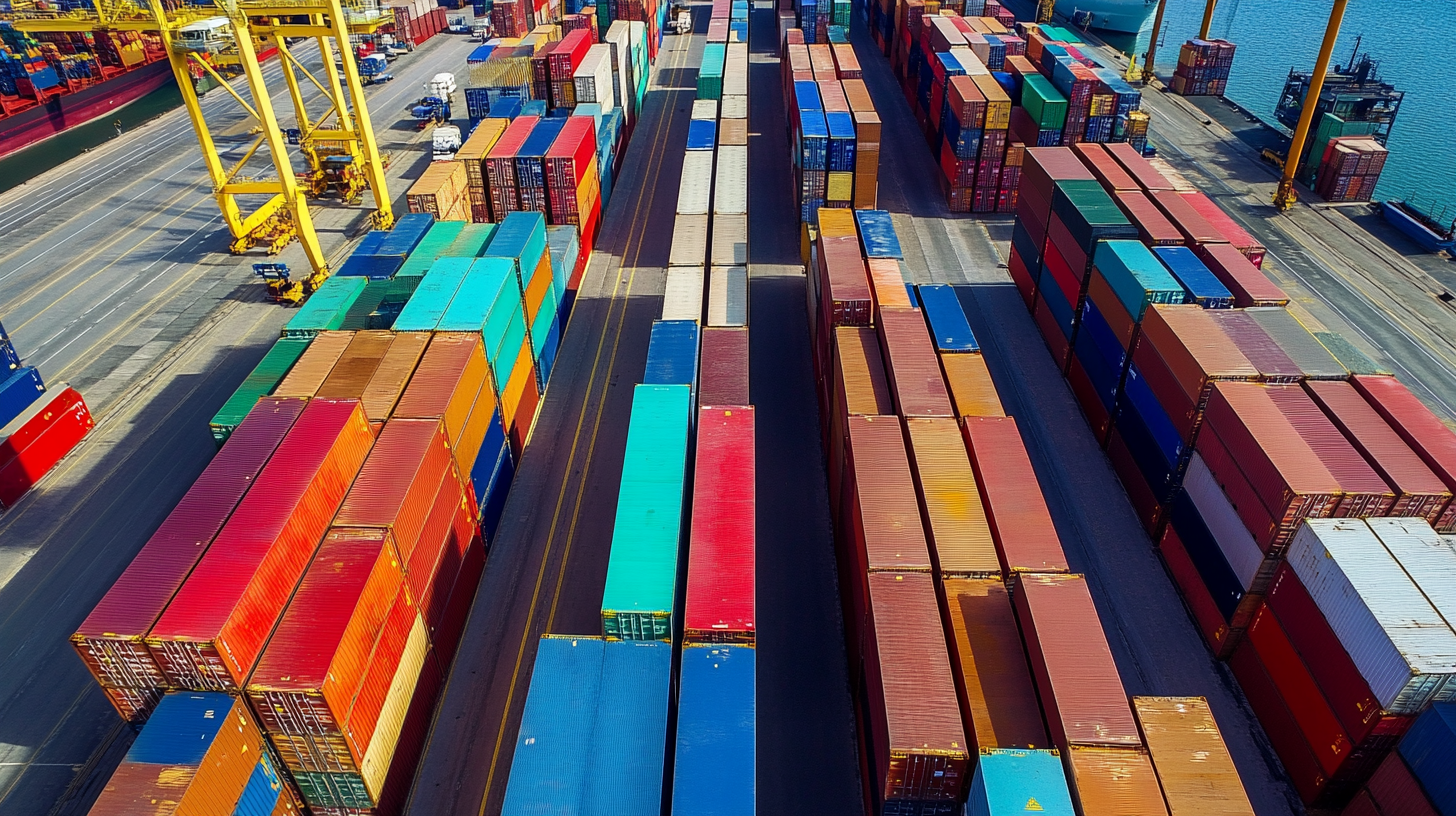
In recent years, the landscape of global trade has been significantly shaped by stringent regulations that dictate packaging standards. According to a report by the World Trade Organization (WTO), approximately 75% of global trade is affected by regulations that require compliance with specific packaging guidelines, particularly concerning safety, sustainability, and traceability. These regulations not only aim to protect consumers but also to ensure that products meet robust health and environmental standards before they reach international markets.
The European Union's Packaging and Packaging Waste Directive is a prime example of how regional regulations can influence global packaging solutions. This directive mandates that packaging waste must be minimized and encourages the use of recyclable materials. Research by Smithers Pira forecasts that the sustainable packaging market will reach $500 billion by 2027, reflecting the industry's response to rising consumer demand and regulatory pressure for eco-friendly alternatives. Companies are investing in innovative materials and designs that comply with both local and international packaging standards.
Additionally, the rise of e-commerce has prompted regulators to enact specific packaging rules tailored for airborne and ground shipping. In fact, the International Air Transport Association (IATA) noted a 40% increase in air freight volumes over the last year, necessitating more robust packaging solutions to ensure product integrity during transit. This trend not only highlights the need for compliance with packaging standards but also emphasizes the critical role packaging plays in protecting goods from damage and reducing waste across global supply chains.
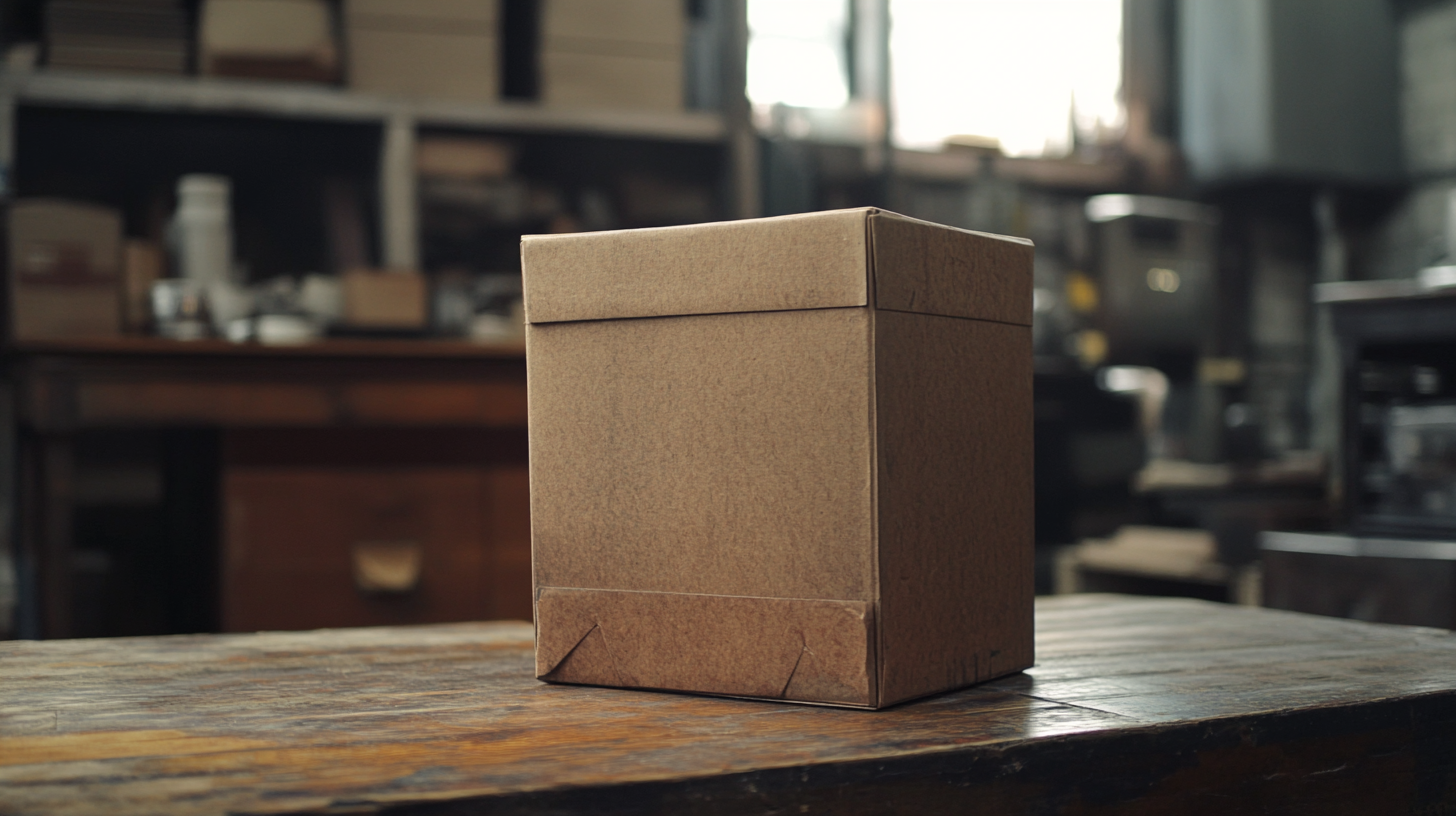
As global trade continues to evolve, the packaging industry is witnessing significant transformations, particularly in automation and sustainability. The automated e-commerce packaging market is emerging as a crucial player in this evolution, leveraging advanced technology to streamline the packaging process for online orders. It is estimated that the corrugated board packaging market alone will generate a staggering USD 420 billion in revenue by 2032, as reported by Market Research Intellect. This growth signals an increasing demand for efficient, innovative packaging solutions.
Sustainability has become a driving force behind packaging innovations. The focus on creating packaging materials that are easy to recycle is gaining momentum, with many companies actively phasing out non-recyclable materials. For instance, the shift from traditional padded bags containing plastics to recyclable alternatives demonstrates a commitment to sustainable practices. Additionally, various companies are exploring flexible packaging options that are not only lightweight and functional but also environmentally friendly.
Automation is further revolutionizing this sector. Smart machines and AI-driven technologies are enhancing the packaging process to make it faster and more efficient, catering to the demands of e-commerce. Automated solutions are being developed to accommodate various distribution line setups, emphasizing adaptability in the face of changing market needs. The rise of automated packaging is not merely a trend but a significant step toward creating a sustainable future for the packaging industry, aligning operational efficiency with environmental responsibility.
